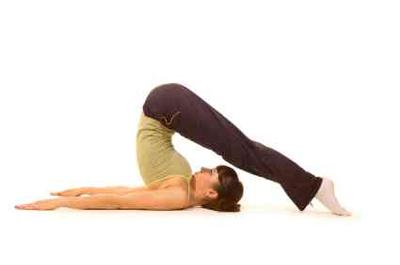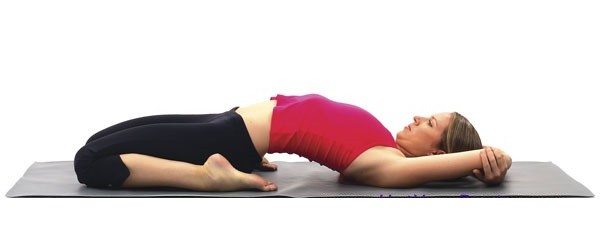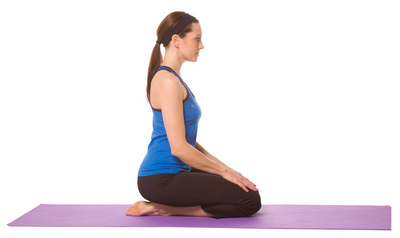Table of Contents
Shalabhasana
The word shalabha means locust. In this posture body assumes the form of locust.
![shalabhasana[1]](https://liveayurvedalife.com/wp-content/uploads/2015/03/shalabhasana1.gif)


Steps
Lie down on the ground with your face downward. Join your heels and keep your feet on ground. Your chin should rest on ground place and your hands under your thighs in such way that palms should stick to thighs. Now lift your legs from behind up to the waist while inhaling. Do not bend your legs nor raise your face from the ground. Stay in this position for sometime and then come back slowly exhaling breath and taking your hands out. Relax and loosen your body while keeping your right cheek on the ground.
Advantages
All parts of abdomen get fully exercised. It keeps heart, spine and lungs healthy and strong and helps to get rid of obesity.









